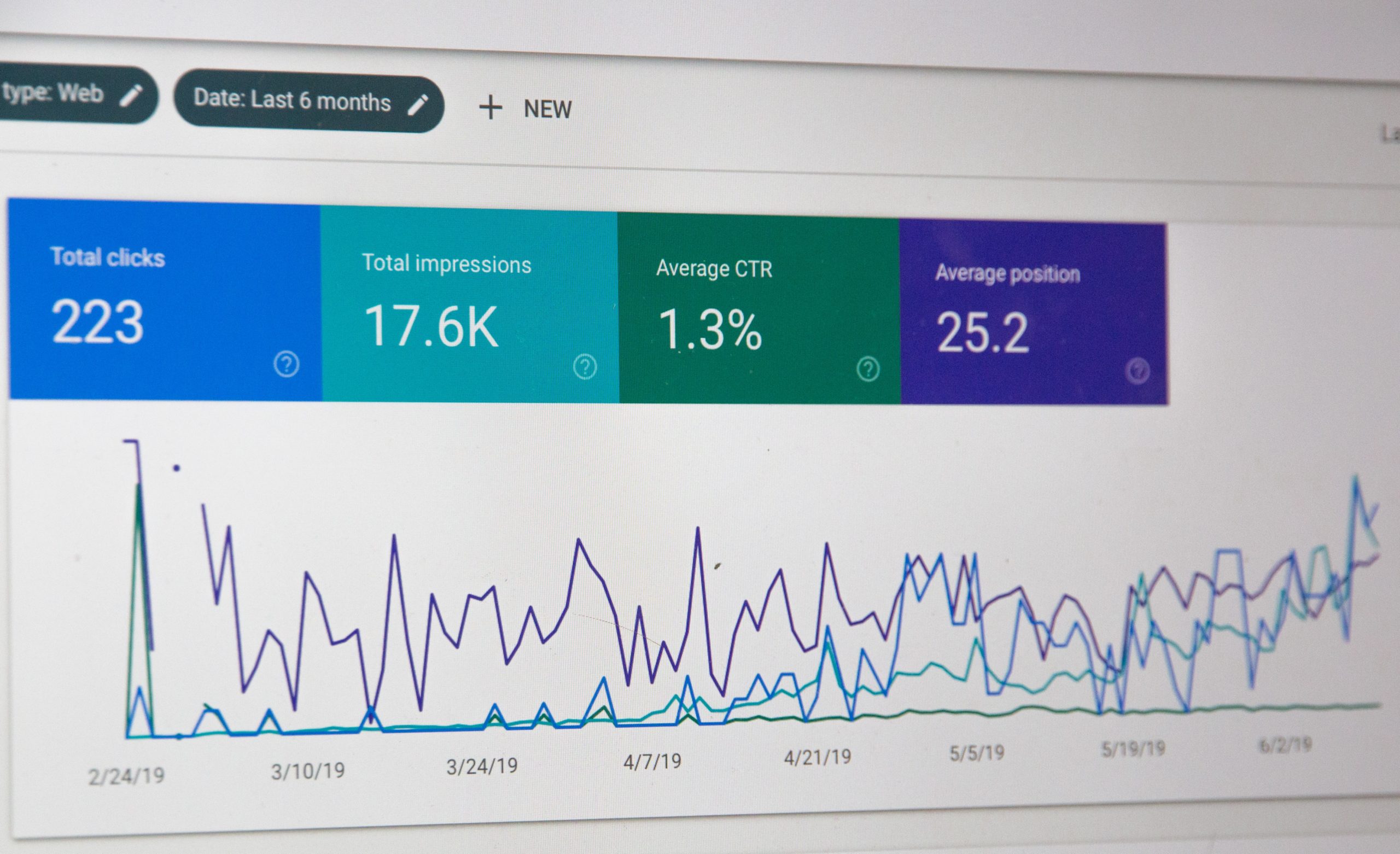
Of course, you want your marketing campaigns to be successful. But what does successful mean? How will you know you’ve achieved it?
As a marketing leader in the healthcare field, you’ve probably heard your share of “I’ll know it when I see it” comments from clients regarding your team’s creative work. That lack of specificity is frustrating. And yet often marketers have that same mindset about determining the results of their campaigns. But, “We’ll just know if it worked” isn’t good enough.
You likely have goals in mind for every marketing initiative, but they might not be the most effective or efficient ones. Or, you may be able to accomplish additional tactics with the campaign than you realize, or may be able to coordinate multiple programs around a theme.
Your small and mighty team is juggling lots of competing priorities and running a full schedule of projects. Carving out time for planning and strategizing at the start of every major campaign is essential to ensure that all that work bears fruit.

Obviously, success is the objective of every healthcare organization or nonprofit that launches a marketing campaign of some sort — whether it supports a new practice, service, or product or simply aims to increase brand awareness. But it’s not always clear what counts as success.
When you’re moving fast, any up-front work like planning and research feels like you’re spinning your wheels and delaying the project. But it’s essential if you want to get the most bang for your marketing buck.

So here are 5 steps you should take in every major initiative to ensure its success.
1) First, identify the goal(s) you’re trying to achieve with the campaign. Do you need to boost awareness in the community of your mental health agency and its services? Are you seeking to attract more patients to a new surgery center? Maybe it’s educating patients about steps they can take to manage their own wellbeing.
It may seem obvious, but in a fast-paced or tightly resourced marketing environment, it’s easy to adopt a “fire, ready, aim” mode of working and dive head-first into the deliverables. A simple creative brief or project kickoff document that your team creates with the client’s input — and agreement — will set the stage for effective work.
2) Take the time to research your target audience(s). Again, this seems evident. But often, marketers assume they know who they’re talking to without regularly updating their audience research. In the healthcare field, demographics, psychographics, and interests can define not only your messaging but also the ways in which you share it. Community demographics and needs have changed radically over the past 18+ months; you’re likely speaking to a whole universe of people you weren’t previously reaching.
Understand, too, where they turn for information. Consumers in rural areas, for instance, tend to be older and to prefer more traditional communication platforms. The nurses and medical assistants your hospital might be recruiting, on the other hand, are likely younger, digitally savvy, and responsive to lifestyle messaging.
3) With goals and audience in mind, establish key performance indicators (KPIs) to evaluate the campaign’s performance.
Small nonprofits might introduce a new campaign once or twice a year – for example, a patient awareness initiative and a donation push – but large healthcare provider networks might have a whole chessboard of initiatives running at the same time. It’s easy to lose track, especially when there are overlapping goals. We advise using a global spreadsheet or project management tool that tracks metrics for every campaign so you have a snapshot view at any point in time. This allows you to manage budget and performance and decide when to shift resources.
KPIs to keep an eye on include:
4) Monitor these metrics along the way so that you can learn, pivot, and adjust — and again at the end so that you can identify what worked and didn’t for future messaging. That real-time insight is critical: For a client’s recent campaign, we were running sponsored ads on LinkedIn and via Outbrain and discovered that those two platforms weren’t yielding results, so we shifted those ad dollars to Facebook and Google.
5) Finally, sharing the results of your work with organizational leaders and department heads will build credibility for your marketing team and help you sell future marketing initiatives — because you can show results. One caveat, though: Make this information relevant and easily digestible for superiors and colleagues who aren’t familiar with web stats and traffic sources and the like. Keep it simple and focused on high-level performance against your goals.
Planning, measuring, coordinating, reporting. Administrative tasks that tend to fall off the radar. But all are essential to the outcome of your work. We understand that it’s challenging to manage those — in addition to creating all the social ads, web pages, print spreads, and more. We know how to get this stuff done effectively and efficiently and we’re here to support you. Let’s get in touch.
Tenth Crow Creative is a brand marketing agency that creates, aligns, and promotes the external and internal messaging for organizations that support living healthier lives. Through insightful branding and compelling marketing campaigns, we help these essential organizations find their identities and effectively communicate to their stakeholders so they can fulfill their missions.
Posted By
Tenth Crow Creative
Categories
Healthcare Marketing, Nonprofit Marketing